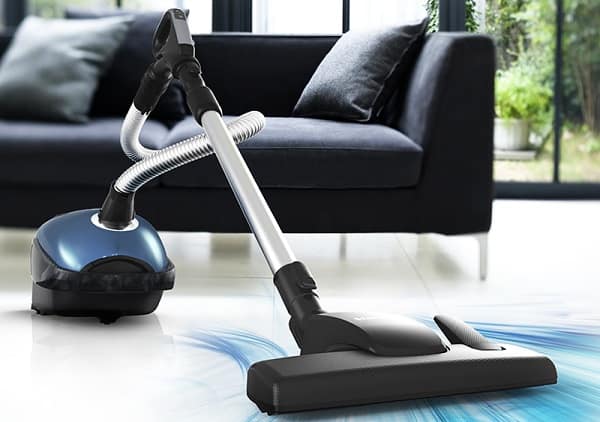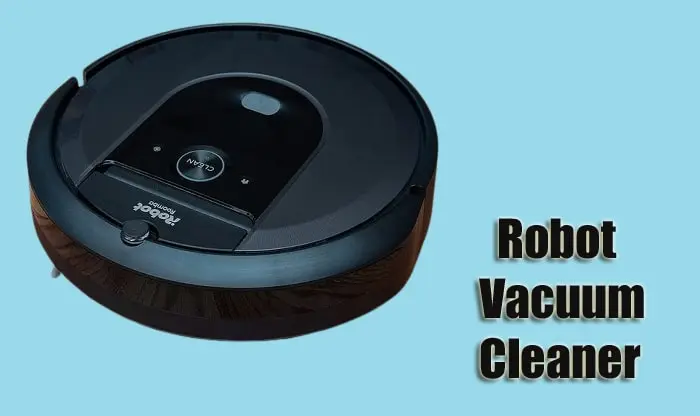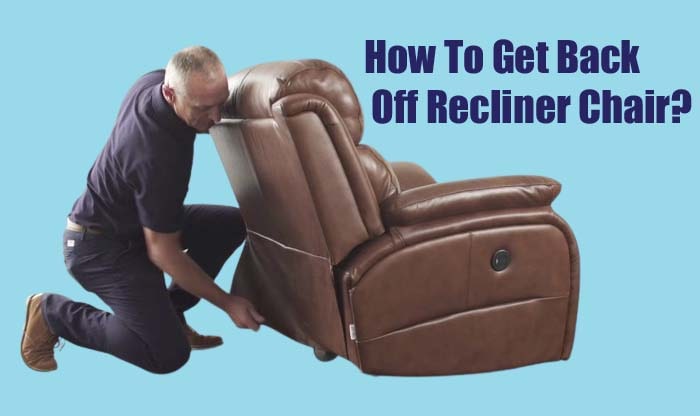A vacuum is a device that is used to remove dirt and debris from the ground surface. Vacuum cleaners are available in a variety of designs. Depending on the model, the vacuum cleaners power consumption might range from 450 watts to 2500. The average vacuum cleaner requires 1400 watts of power.
The amount of electricity consumed is determined by the wattage and the number of hours spent using the appliance. The utility provider bills you based on the total amount of kilowatt-hours of power you have consumed throughout the billing period. The kilowatt-hour is the result of the power consumed by the load multiplied by the number of hours the load is in use.
It is common household equipment that collects dust and dirt from surfaces by using an air compressor to draw them away from the surface. They are available in a variety of sizes and designs, and they are available in a variety of models ranging from small household models to giant industrial units. Most home vacuum cleaners have a power range of 500 to 3000 watts, with the most inexpensive and popular models consuming around 1400 watts on average.
Vacuum Cleaner Electricity Consumption
In one hour of operation, the average vacuum cleaner uses 1.4 kWh of electricity. Therefore, you should expect to pay 17 cents for every hour of consumption.
A variety of vacuum cleaner models are available on the market to suit your needs. A majority of vacuum cleaners are powered by electric motors that rotate an air blower & create pressure drops inside the dust collection, according to industry standards. There must be a difference between the pressure within the drum and the surrounding pressure. This causes a suction effect, and the air, as well as the debris, is drawn into the chamber by the suction.
Increasingly common are energy-efficient vacuums with decreased power consumption, which typically consume 600 to 800 watts. If you want to lower the expense of vacuuming, investing in a more energy-efficient model might just save you money over time, particularly if you vacuum frequently.
How to calculate the power consumption of a vacuum cleaner?
A marking on every vacuum cleaner indicates how powerful it is in Watt (W) or Kilowatts. The label is typically printed on the equipment itself or included in the user handbook for the equipment. The amount of energy consumed by a vacuum cleaner is determined by the capacity of its motor and the frequency with which it is used. To determine the cost of your vacuum cleaners annual use, you can make 2 very simple calculations:
The following formula can be used to calculate the power consumption of a vacuum cleaner in kWh over a year:
- of hours of usage x No. of days of usage (Power of the appliance (in Watt) / 1000) = Number kilowatt-hour.
- For instance, for a cleaner with a strength of 900 Watts, used one hour in a week & 92 days in a year: 1 x 92 x (900/1000)= 82.8 kWh
- This vacuum cleaners yearly consumption can be calculated to determine the cost of its annual consumption.
- Price per kWh multiplied by use (measured in Watts) equals annual consumption
Alternatively, you can make use of a Vacuum Cleaner Calculator for obtaining quick results.
Factors Affecting Power Consumption of a Vacuum Cleaner
Vacuuming has several aspects that influence the cost of electricity and the amount of electricity consumed. One of these factors is the amount of power consumed. It is difficult to overstate the complexity of a modern vacuum cleaner because a variety of elements influence its suction power. They are as follows:
Motor
This is by far the most significant detail. The efficiency of the motor is typically 25–35 percent. To put it another way, if you have a power usage of 1500 Watt, you may expect a motor power ranging from 375 to 525 W. This amount of power should theoretically be sufficient for any form of cleaning.
Vacuum cleaner type
Bags or containers for dust collection – based on what the vacuums are equipped with; they can display a range of suction powers while using the same amount of electricity.
Numbers & filter types
The more complicated the filters are and the greater the number of them, the less suction power they have. In comparison to a vacuum cleaner with 5 small-pore filters, which provide more air resistance, a vacuum with 2 big filters will produce a more visible result in terms of visible results.
Various suction levels are available, with the power usage varying based on the setting (lower or higher).
It is also necessary to consider the living space available. When it comes down to it, the difference between vacuuming a 1- or 2-room apartment and vacuuming a whole house is significant.
Working speed
Some individuals vacuum at a leisurely pace, while others work swiftly and enthusiastically to ensure that the vacuum cleaner is packed away in the closet as soon as possible after use.
Calculating the Vacuum Cleaner Electricity Costs
Every household is almost certainly equipped with a vacuum cleaner. However, only a small number of people will be able to compute the vacuum cleaners’ electricity use as well as the vacuum cleaners’ electricity prices.
Some energy-saving tips
- Choose a vacuum that has a sufficient number of features to satisfy your requirements. Never purchase a cleaner that is too large.
- The effectiveness of a cleaner is lowered when the filter becomes clogged. Before using the filter, make sure it is clean.
- Purchase a broom and a dustbin. Whenever feasible, sweep the floor.
Final Thoughts
The normal vacuum cleaner will not consume a lot of energy, but it’s far preferable to have a high-quality one on hand rather than having to buy a new one every year. While the power and motor strength of a vacuum cleaner are good markers of how well it will perform, they are not the most accurate indicators of how well it will perform in its work.

Santosh Kumar is an editor at unfoldstuffs.com and a professional content writer. With years of experience he is passionate for creating engaging, informative and impactful topics.










